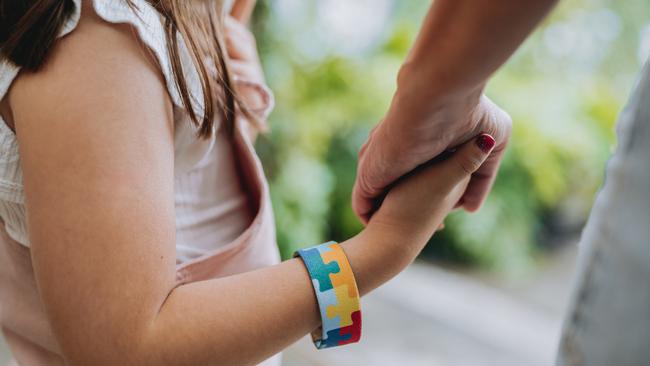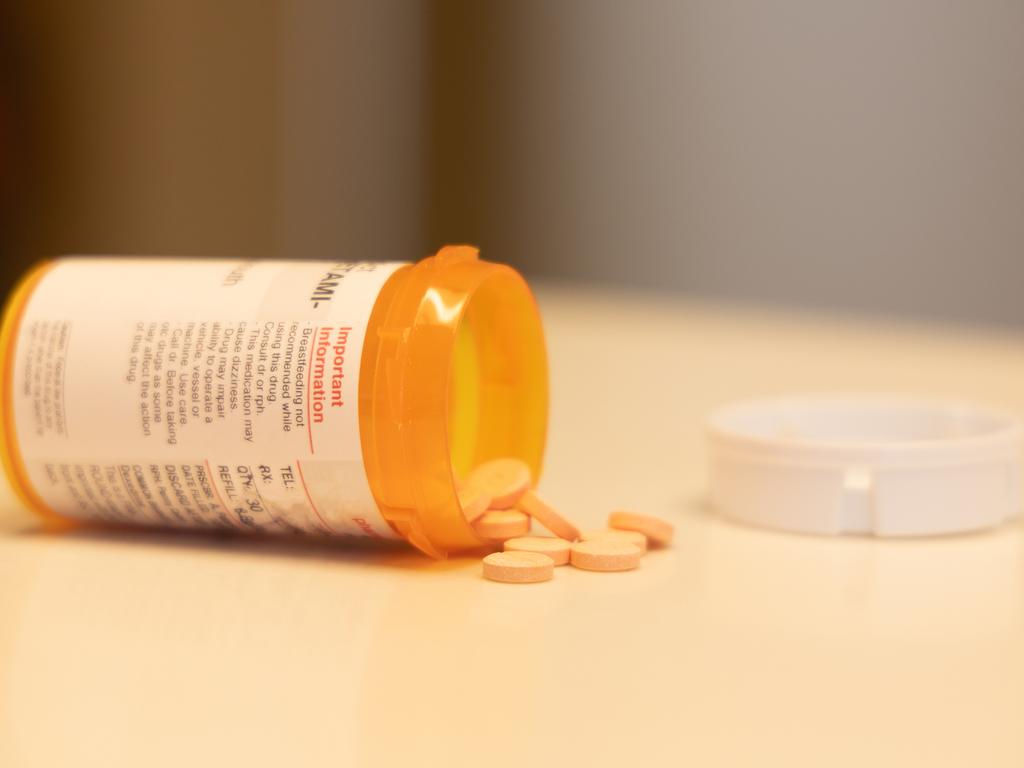What’s behind the rise in autism diagnoses
Perverse incentives for education funding in the United States are a much stronger explanation than exposure to ‘toxins’.

Left-wing environmentalists have long exploited parents’ anxieties by stoking fears about “environmental toxins” harming their kids. Now President Trump is taking up their cause.
“Our goal is to get toxins out of our environment, poisons out of our food supply, and keep our children healthy and strong,” he said in his speech to Congress last week. “As an example, not long ago, and you can’t even believe these numbers, 1 in 10,000 children have autism. One in 10,000. And now it’s 1 in 36. There’s something wrong. One in 36.”
Something is wrong, and it’s the information that has been fed to him by “radical left lunatics” like Robert F. Kennedy Jr — the label Mr Trump applied less than a year ago to the man who is now his health and human services secretary.
The Centres for Disease Control and Prevention reportedly plans to conduct a study of vaccines and autism despite countless failed attempts to find a causal link. Many toddlers show traits associated with autism spectrum disorder, such as repetitive behaviours or sensitivity to noise, around the same age as they get vaccinated. This doesn’t mean vaccines cause autism, any more than higher CO2 emissions cause Category 5 hurricanes.
The main causes of increasing autism rates are heightened public attention and broader diagnostic criteria, which have encouraged more diagnoses of children and young adults who wouldn’t have been labelled autistic decades ago. Bill Gates notes in his new memoir, “Source Code”, that if he were a kid today he would likely be diagnosed on the autism spectrum because he was hyperfocused and struggled to read social cues. Kids may get diagnosed as on the spectrum if they are late to start talking or insist on following routines like sticking to a set bedtime. Suggesting that autism is a result of “toxins” stigmatises people who happen to be wired differently.

The 1-in-10,000 statistic the president cited derives from a 1970 review of Wisconsin kids in the 1960s. In those days, only those who struggled to function were diagnosed. Most needed special education and accommodations, which they often didn’t get in public schools because it was expensive.
In 1973 Congress passed a law requiring schools that receive federal funds to make special accommodations for students diagnosed with disabilities, including autism. Two years later, Congress required states to identify such kids proactively and gave schools more money for each student who was diagnosed as disabled.
The predictable result: a sharp uptick in autism diagnoses during the 1980s and 1990s as schools chased federal dollars. Some of these students needed special education, but many didn’t. Congress changed the funding formula in the late 1990s because many schools were diagnosing unimpaired children with cognitive disabilities to get more federal money.
Many states also give schools more money when their students are diagnosed on the spectrum. A 2022 study found states that do so had more diagnoses. According to government data, nearly one in six public-school students in 2022 was diagnosed as having a disability. But do they really?
A study last autumn found that prevalence of autism more than tripled among children and young adults between 2011 and 2022. Don’t blame vaccines. Autism diagnoses increased most sharply in 2021 and 2022 even as MMR vaccination rates among kids fell.
One reason behind the increase may be viral videos on social media, such as “Signs You May Be Autistic”, have encouraged more people to seek out diagnoses. Another contributor may be federal laws that entitle children and adults diagnosed with autism to special accommodations at school and work, including more testing time and “therapy pets.”

Students diagnosed with autism, ADHD and learning disabilities typically get 50 per cent more time to complete the ACT test (a standardised test used for college admission). Some students may legitimately need such accommodations, but many are gaming the system.
An autism diagnosis can also yield more government benefits, including Supplemental Security Income. One study found that the prevalence of autism among young adults on Medicaid increased by about 50 per cent between 2008 and 2012, which coincided with the economic downturn that left many out of work.
Increases in autism may not be due entirely to more diagnoses. But there’s no credible evidence that environmental toxins or vaccines are responsible. Most evidence indicates that the condition is genetic. Scientists have linked hundreds of genes to autistic traits.
Jay Bhattacharya, Mr Trump’s nominee to lead the National Institutes of Health, last week told the Senate that he was convinced that vaccines don’t cause autism, but that he would nonetheless “support a broad scientific agenda based on data to get an answer” to what does. By all means, study the genetic underpinnings. But please, Mr President, don’t fuel public alarm.




To join the conversation, please log in. Don't have an account? Register
Join the conversation, you are commenting as Logout